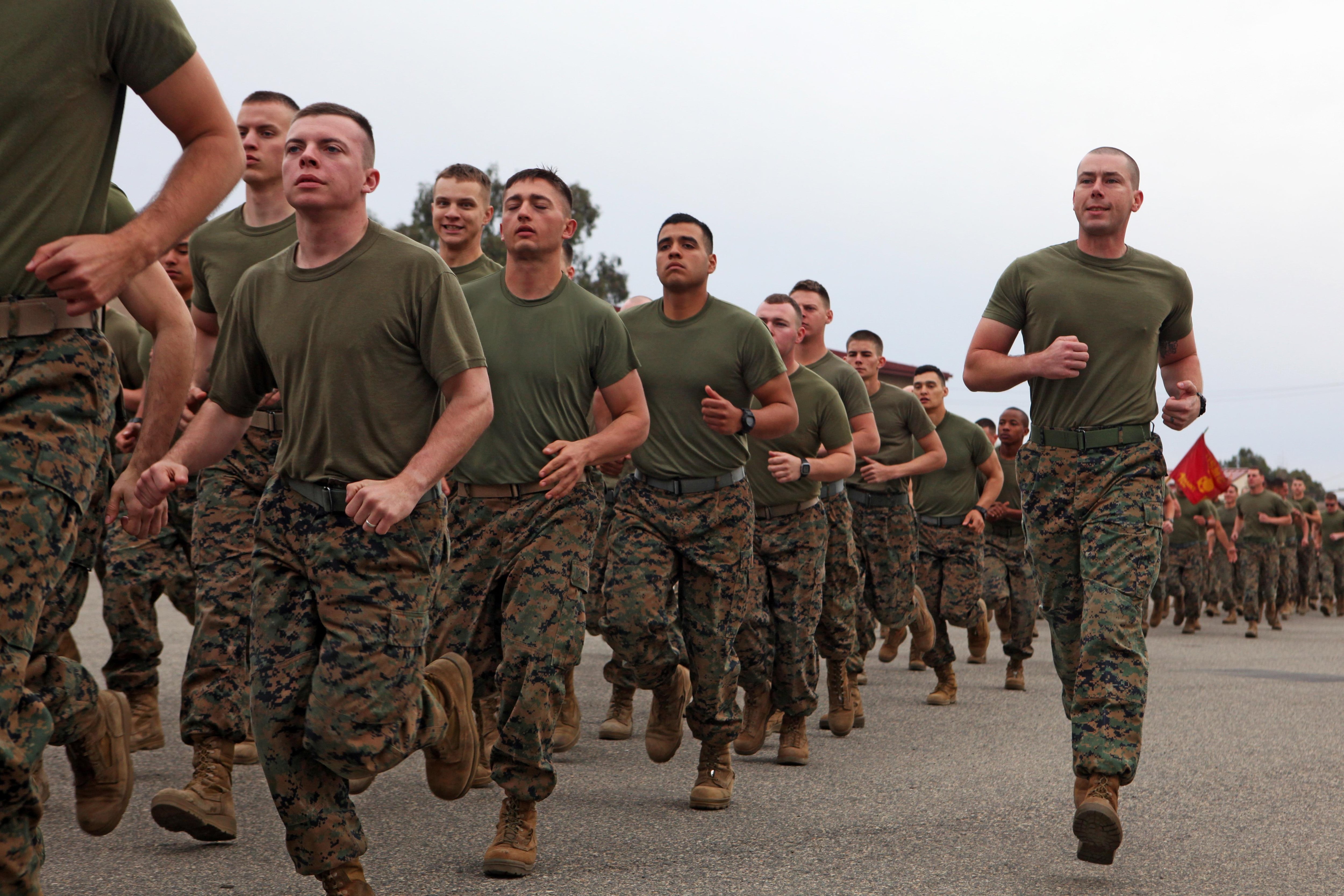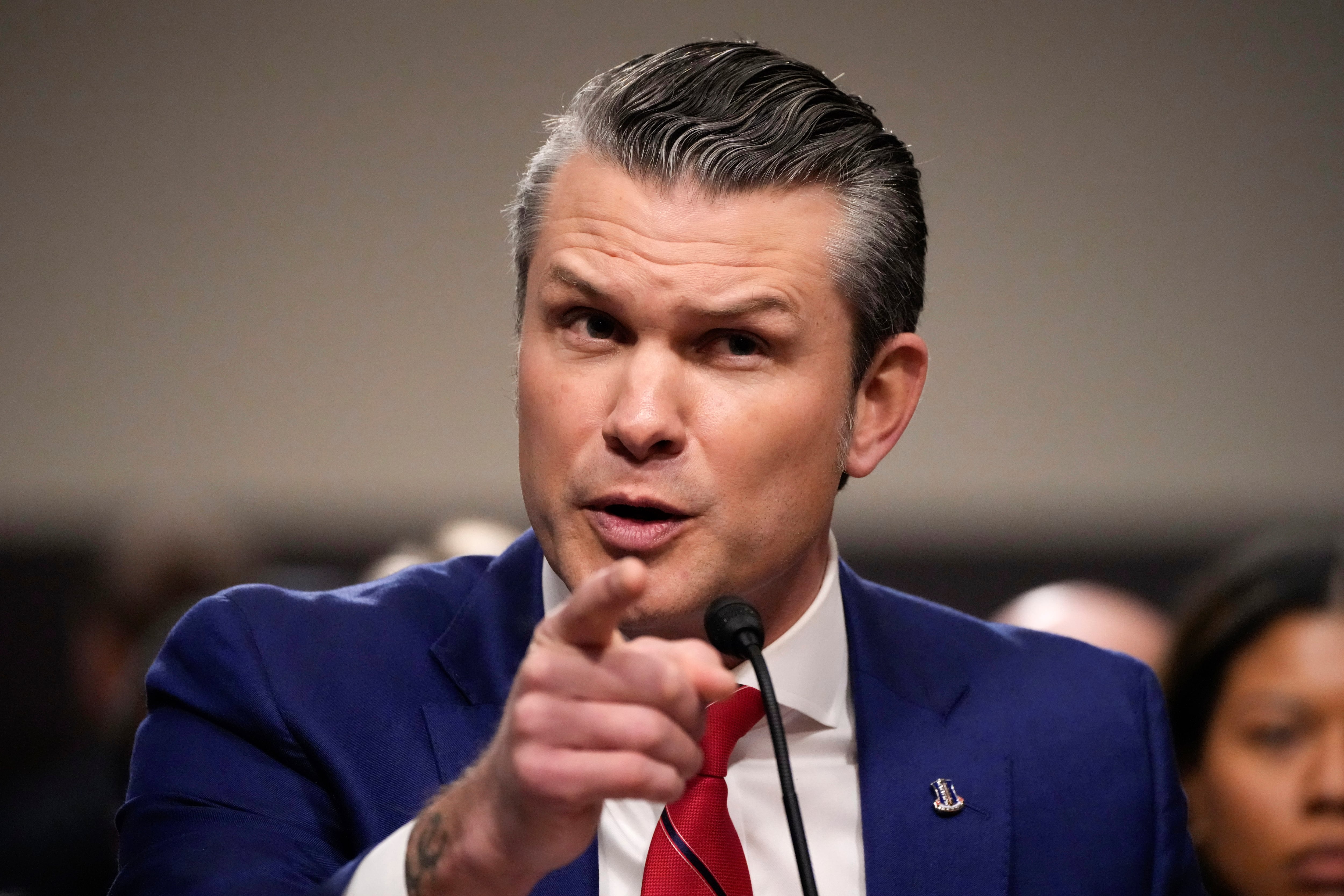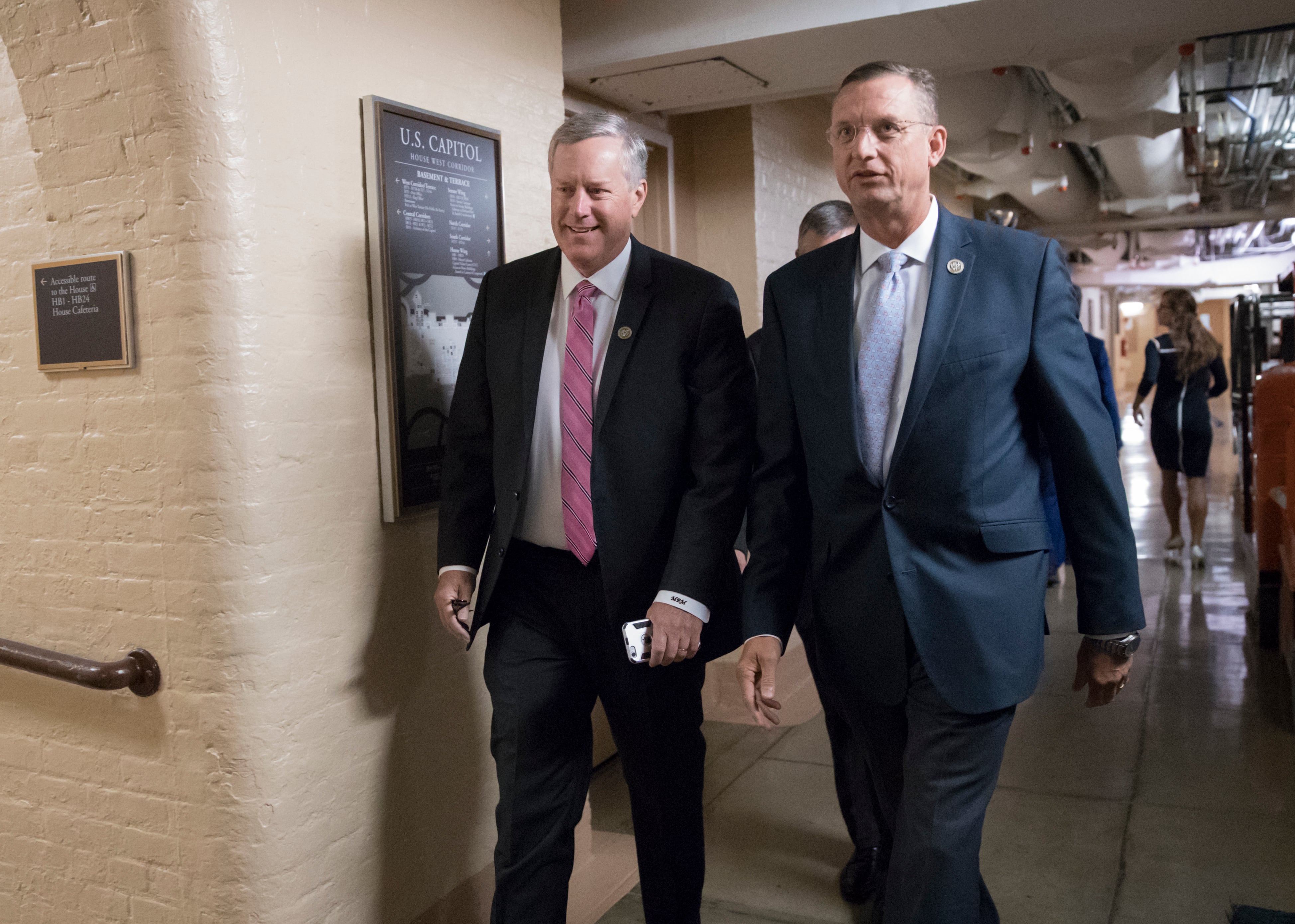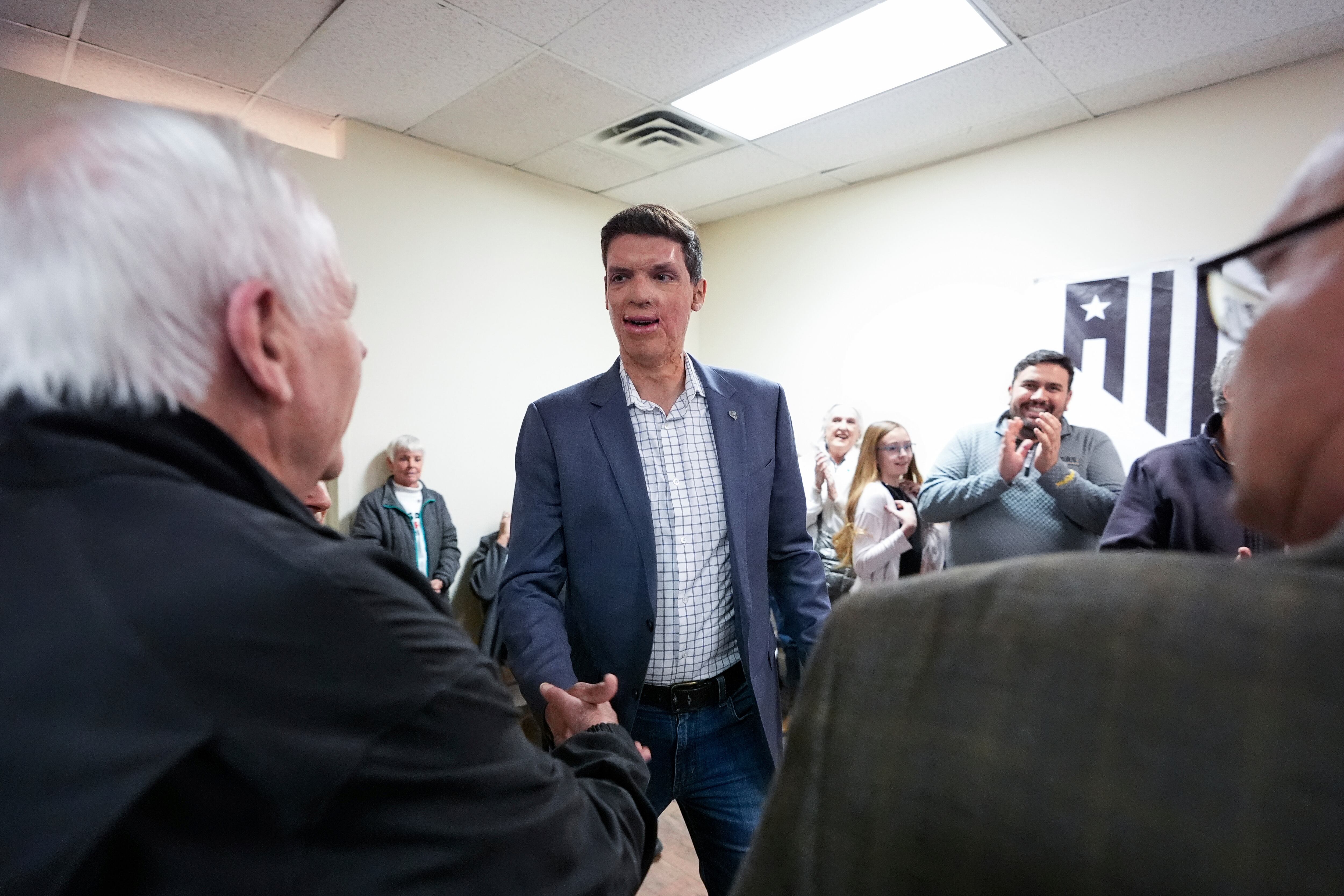Tech Sgt. David Shea was on a mission to help try to rescue American citizens from a United Nations compound in Central Africa, when a routine approach and landing nearly turned into disaster.
Shea, a flight engineer for the CV-22 Osprey, was manning a ramp-mounted tail gun on Dec. 21, 2013, when the Osprey came under heavy gunfire from the ground, the Air Force said in its latest Portraits in Courage volume honoring 24 airmen for heroism. .
Almost immediately, four special forces personnel on board suffered life-threatening injuries and the Osprey sustained severe structural damage. Multiple fuel tanks were ruptured, the hydraulic systems were failing, and power was going out across the aircraft. But through that, Shea directed the Osprey to maneuver away from the gunfire.
As the Osprey was flying away, Shea continued manning the tail guntail gun?mh//sl yes, while trying to track another aircraft in the formation. He was shot in the chest by a small arms round, but his body armor protected him. He recovered from the shock of the gunshot, and began trying to stabilize the most badly wounded of his teammates. He held that teammate's wound to try to stop arterial bleeding with one hand, and with the other, he keyed the microphone to tell the pilots about the aircraft's damage, helping them quickly identify a massive fuel leak.
He continued tending to all four injured special forces during the remainder of the 400-mile flight back to base. He and others in the crew were was awarded the Air Force Mackay Trophy. He also , and has been submitted for the Distinguished Flying Cross.
Stephen Losey is the air warfare reporter for Defense News. He previously covered leadership and personnel issues at Air Force Times, and the Pentagon, special operations and air warfare at Military.com. He has traveled to the Middle East to cover U.S. Air Force operations.





